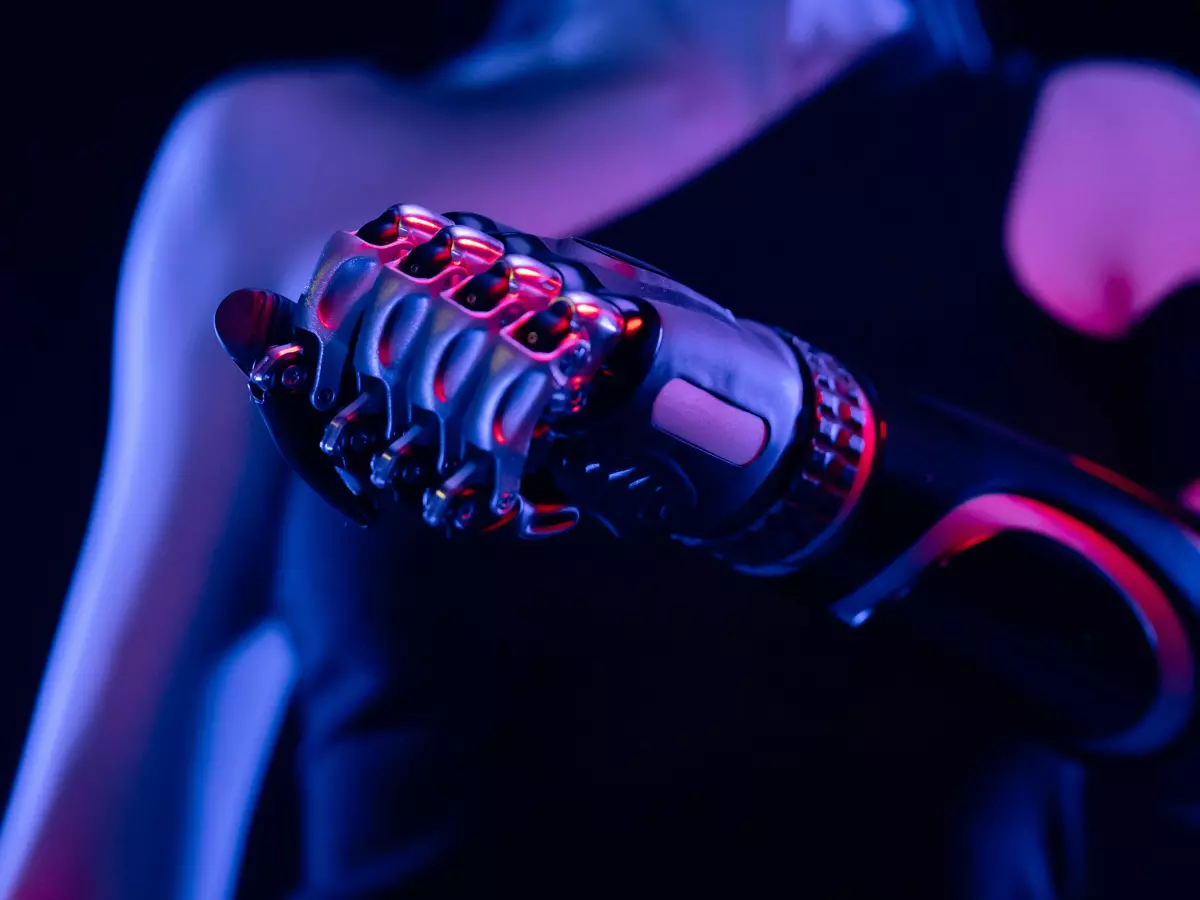Wearable Tech: The Perfect Trio
Wearable sensors, battery life, and software integration are the holy trinity of modern wearables.

By Liam O'Connor
Wearables have come a long way since the early days of clunky pedometers and basic heart-rate monitors. Back then, the tech was simple, and the battery life? Well, let’s just say it wasn’t winning any awards. But as sensors became more advanced and software more sophisticated, wearables transformed into the sleek, powerful devices we know today. The secret sauce? A delicate balance between sensors, battery life, and software integration.
Fast forward to today, and wearables are no longer just fitness trackers or step counters. They’re mini-computers strapped to your wrist, capable of monitoring everything from your heart rate to your sleep patterns, and even predicting potential health issues. But how do they manage to do all this without draining the battery in a matter of hours? It’s all about how sensors, battery, and software work together in perfect harmony.
The Sensor Symphony
At the heart of every wearable is a suite of sensors. These tiny devices are responsible for gathering data from your body and the environment. Think of them as the eyes and ears of your wearable. From accelerometers that track your movement to optical sensors that monitor your heart rate, these components are constantly working behind the scenes.
But here’s the kicker: sensors are power-hungry. Every time they take a reading, they consume a bit of battery. This is where software integration comes into play. Modern wearables use sophisticated algorithms to ensure that sensors are only active when absolutely necessary. For example, your heart rate monitor doesn’t need to be on 24/7. Instead, it might take readings at intervals, or only when you’re working out. This smart management of sensor activity is key to preserving battery life.
Battery Life: The Unsung Hero
Speaking of battery life, it’s one of the most critical aspects of wearable tech. After all, what good is a device that dies halfway through the day? Advances in battery technology have certainly helped, but the real game-changer has been the way wearables manage power consumption.
Wearables today are designed to be power-efficient. This means that every component, from the sensors to the display, is optimized to use as little energy as possible. For instance, many wearables now feature low-power processors that can handle complex tasks without draining the battery. Additionally, software plays a huge role in managing battery life. By intelligently controlling when sensors are active and when they’re in standby mode, wearables can stretch their battery life to last days or even weeks.
Software: The Brain Behind the Brawn
While sensors and batteries are the hardware stars of the show, software is the unsung hero that ties everything together. Without software, your wearable would just be a collection of sensors and circuits with no way to interpret the data they collect. It’s the software that turns raw sensor data into actionable insights, like telling you how many calories you’ve burned or how well you slept last night.
But software does more than just interpret data. It also plays a crucial role in optimizing battery life. By using machine learning algorithms, wearables can learn your habits and adjust sensor activity accordingly. For example, if your wearable knows you typically go for a run in the morning, it might activate the GPS and heart rate monitor around that time, while keeping them off during the rest of the day. This kind of smart software integration is what allows wearables to offer powerful features without sacrificing battery life.
In the end, it’s the seamless integration of sensors, battery, and software that makes modern wearables so impressive. Each component plays a vital role, and when they work together, the result is a device that’s both powerful and efficient. So, the next time you glance at your smartwatch or fitness tracker, take a moment to appreciate the tech magic happening on your wrist.
With wearables becoming more advanced every year, the importance of balancing sensors, battery life, and software integration will only continue to grow. And as users demand more features and longer battery life, manufacturers will need to keep pushing the boundaries of what’s possible.




